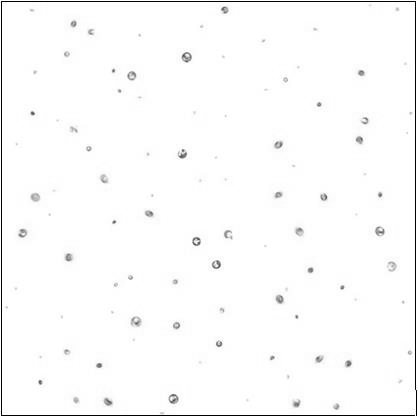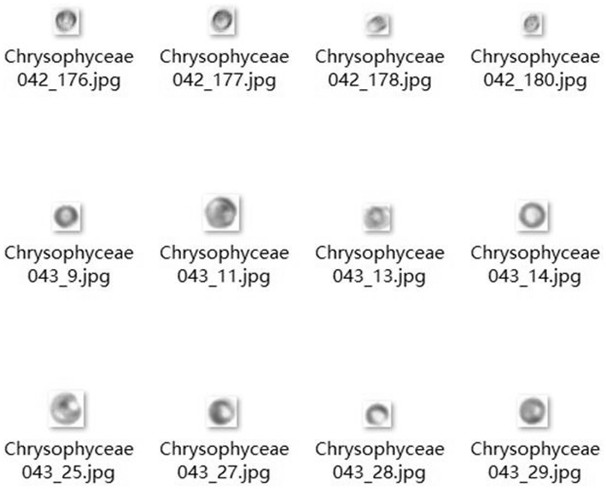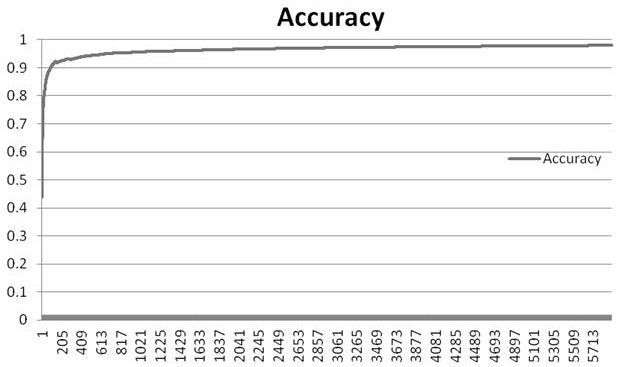Chlorella and chrysophyceae classification and identification method based on image feature deep learning
A technology of deep learning and image features, applied in the field of classification and identification of Chlorella and Chrysophylla, which can solve the problems of classification and identification of Chlorella and Chrysophylla, increased time cost, dense distribution, etc.
- Summary
- Abstract
- Description
- Claims
- Application Information
AI Technical Summary
Problems solved by technology
Method used
Image
Examples
Embodiment Construction
[0036] A method for classifying and identifying chlorella and golden algae based on deep learning of image features of the present invention is characterized in that the image to be classified and identified is input into a computer model of deep learning of image features for processing, and the computer model of deep learning of image features is processed. Follow the steps below to build in turn:
[0037] Step 1: Prepare target detection dataset
[0038] Step 1.1: Use a Leica DM4 B digital microscope to take a total of 20 full-color digital photos of the algae fluid samples mixed with Chlorella ovale (hereinafter referred to as Chlorella) and Dinoflagellate minor (hereinafter referred to as Chrysophylla), Each image has a resolution of 1920 x 1200;
[0039] Step 1.2: Preprocess the collected images with OpenCV. The specific process is: read the acquired images sequentially with OpenCV, convert them into grayscale images, perform median filtering, and then perform binarizat...
PUM
 Login to View More
Login to View More Abstract
Description
Claims
Application Information
 Login to View More
Login to View More - R&D
- Intellectual Property
- Life Sciences
- Materials
- Tech Scout
- Unparalleled Data Quality
- Higher Quality Content
- 60% Fewer Hallucinations
Browse by: Latest US Patents, China's latest patents, Technical Efficacy Thesaurus, Application Domain, Technology Topic, Popular Technical Reports.
© 2025 PatSnap. All rights reserved.Legal|Privacy policy|Modern Slavery Act Transparency Statement|Sitemap|About US| Contact US: help@patsnap.com



